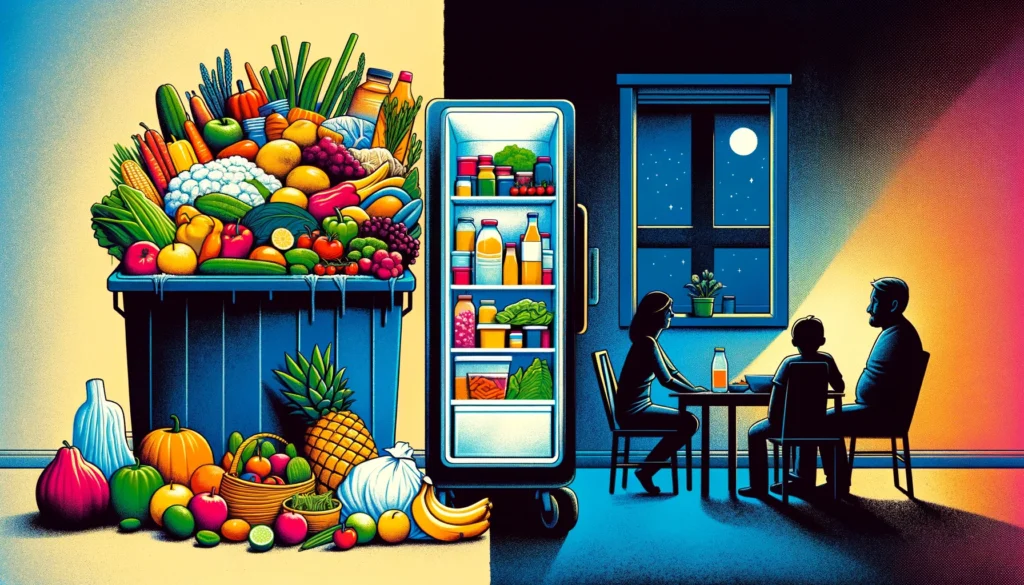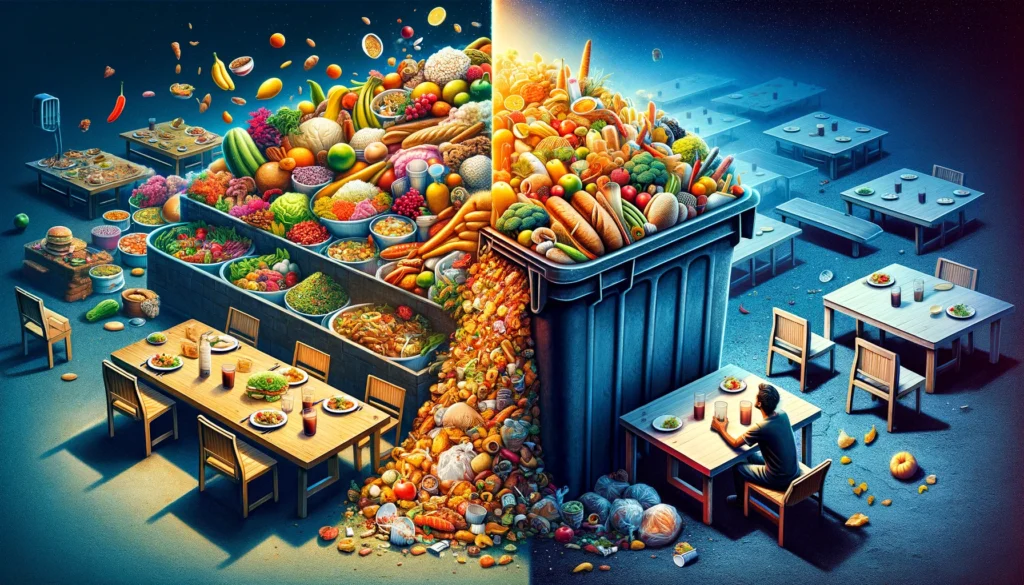

Introduction to the Global Food Waste Crisis
Food Leftovers: Stunning Facts. Every year, approximately 1.3 billion tons of food is wasted globally, a staggering statistic that highlights a massive inefficiency in our global food system. This waste not only represents a lost economic opportunity but also contributes significantly to environmental issues like greenhouse gas emissions and unnecessary water usage. In this article, we’ll explore the causes of food waste, its impacts, and practical solutions that both individuals and organizations can implement to make a difference.
Understanding the Scale of Food Leftovers
Food waste occurs at every stage of the supply chain—from farms where farmers may leave crops unharvested due to minor imperfections, to supermarkets that discard products which appear less than perfect, to our own homes where leftovers and unused produce often end up in the bin. The problem became exacerbated by the lack of awareness and structural inefficiencies, such as poor distribution networks and inadequate storage facilities.
Environmental Impact of Food Leftovers
The environmental consequences of food waste are profound. Decomposing food in landfills produces methane, a greenhouse gas that is up to 34 times more potent than carbon dioxide. Furthermore, when we waste food, we also waste all the resources that went into producing it, such as water, land, energy, labor, and capital. This section would delve into how reducing food waste is crucial for sustainable development.
Economic and Social Ramifications
Globally, the economic cost of food waste is estimated at around $1 trillion each year. This financial burden affects everyone—farmers who lose income, consumers who could have benefitted from lower prices, and governments that bear the cost of waste management and lost tax revenue. Socially, this waste is even more tragic considering the millions of people who go hungry every day.
Strategies to Reduce Food Leftovers in the Supply Chain
To tackle food waste, we need systemic changes in how food we produce it, handled, and consumed. Innovations in packaging, improved food storage technologies, and better forecasting methods in production can significantly reduce waste before it even reaches consumers. Additionally, policies promoting food donation over disposal can help redirect food that would otherwise be wasted.
Consumer Behavior and Food Leftovers
At the consumer level, changing behaviors is key. Planning meals, understanding date labels, buying imperfect produce, and learning how to store different types of food properly can drastically cut down on the amount of food that households throw away.
Community Initiatives and Public Awareness
Raising awareness about the impact of food waste is crucial. Community programs that encourage composting, food sharing, and education about food waste can foster a culture of sustainability. Public campaigns and school programs can also play a significant role in changing the public’s perception and behavior regarding food waste.
Tackling Global Hunger Through Food Leftovers Reduction
One of the most heart-wrenching impacts of food waste is its contribution to global hunger and malnutrition. When nearly one-third of all food produced worldwide is discarded or lost, it exacerbates food scarcity and deprives millions of people of essential nutrients. This is particularly ironic considering that the amount of wasted food could feed billions. Addressing food waste can thus be a pivotal strategy in the fight against global hunger. Redirecting just a fraction of the food wasted across the globe could significantly improve food availability and nutritional security for undernourished populations. Implementing better food redistribution systems, improving food storage facilities in hunger-prone areas, and supporting policies that connect surplus food with those in need can bridge the gap between excess and accessibility, turning wasted resources into life-saving meals.
The Role of Technology in Combating Food Leftovers
Innovative technologies like mobile apps for sharing excess food, smart appliances that alert consumers about food nearing its expiry, and AI-driven systems to manage supply chains more efficiently are on the rise. These technologies can help reduce food waste significantly if adopted widely.
Conclusion: A Call to Action
The issue of food waste requires attention and action from all sectors of society. By implementing the strategies discussed above, we can make substantial progress in reducing this waste. It’s a collective effort that starts with awareness and education and translates into action. Each step we take can lead to a more sustainable future, where we value our resources and work towards a system where no food goes to waste.



